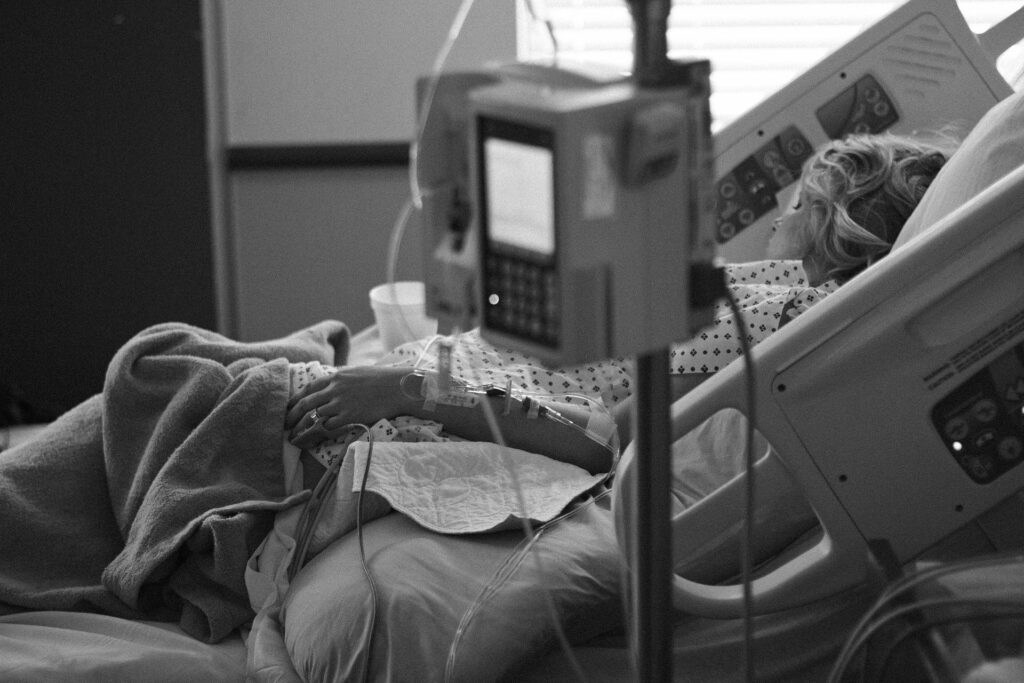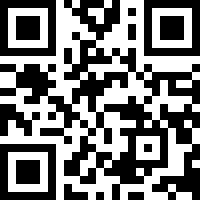By: Camille Dang
When the pandemic struck Wuhan, China in late 2019, and proceeded to spread rapidly throughout the world, there was an evident problem emerging for the healthcare system — going to the hospital was becoming much more difficult… and dangerous.
Issues the Pandemic Has Sparked
Going to the hospital during the pandemic places both patients and doctors at risk for contracting the virus. A cramped, indoor area is the ideal place for coronavirus transmission, which is a key reason why many patients are reluctant to go through routine hospital check ups.
This is the first issue: many patients with acute and chronic illnesses avoid going to the hospital underplay their conditions to avoid going to the hospital. These same conditions might have led them to drive to the hospital before the pandemic, but this added risk of transmission led them to stay at home, which might have led to an added number of deaths for chronically ill patients that the pandemic has indirectly caused.
As the virus started spreading like wildfire in many nations, particularly the United States and various European nations, hospitals prepared for a worst case scenario of reaching their capacity limit. And for some hospitals, this nightmare came to reality when Covid-19 hospitalizations surged, pushing them over the capacity limit.
This is the second big issue: at one point, some hospitals were unable to take any new patients in, regardless of their reason for entering. This included Covid-19 patients along with acute or chronically ill patients, who have often been forgotten during this pandemic. Many of them were unable to seek proper care if they experienced emergencies dealing with their diseases due to overcapacity of many hospitals.
The Solution
During this pandemic, acute and chronically ill patients need DrKumo’s remote patient monitoring (RPM) more than ever. RPM uses technology to continuously monitor patients’ diseases. DrKumo RPM has various technological devices for patients to utilize based on their specific condition, and after set up, these devices measure patients’ vital signs continuously and transmit the data in real time to a database, which can be viewed by both the patient and anyone else that the patient has connected to the account.
Since patients are monitored 24/7, they will be able to keep their condition in check constantly and continuously. Firstly, using DrKumo RPM will eliminate the need for the regular hospital check ups, which will lessen the risk of transmitting coronavirus between patients and doctors. Furthermore, utilizing RPM will be much more effective because patients will get a more holistic perspective of their health rather than a one-sided, limited one that comes with the individual hospital check ups.
RPM will also allow for patients to be monitored at home even after local hospitals have reached their capacity limit. In addition, DrKumo RPM allows for patients and anyone connected to the patients’ account to monitor the severity of their condition at any point in time. This will eliminate the issue of patients’ downplaying their condition as DrKumo RPM provides hard data and vital signs for both patients and their clinicians (if connected to the account) to decide whether a trip to the hospital or a virtual call is necessary.
In a Post-Pandemic World…
As the pandemic still rages on throughout the world, DrKumo RPM is needed more than ever. This situation has uncovered flaws in our healthcare system and demonstrates a need for more technology that will take care of patients even when physical checkups become less than ideal. However, the implications extend much further this coronavirus pandemic.
One day, our society might have to deal with a situation similar to the one we face today, one where our physical healthcare system becomes limited. If this pandemic has taught us anything, it is that we must constantly be ready to adapt to change: it is imperative that we begin to adopt RPM for a healthcare system that is more integrated with technology and thus more conditioned to adapt to new circumstances.


